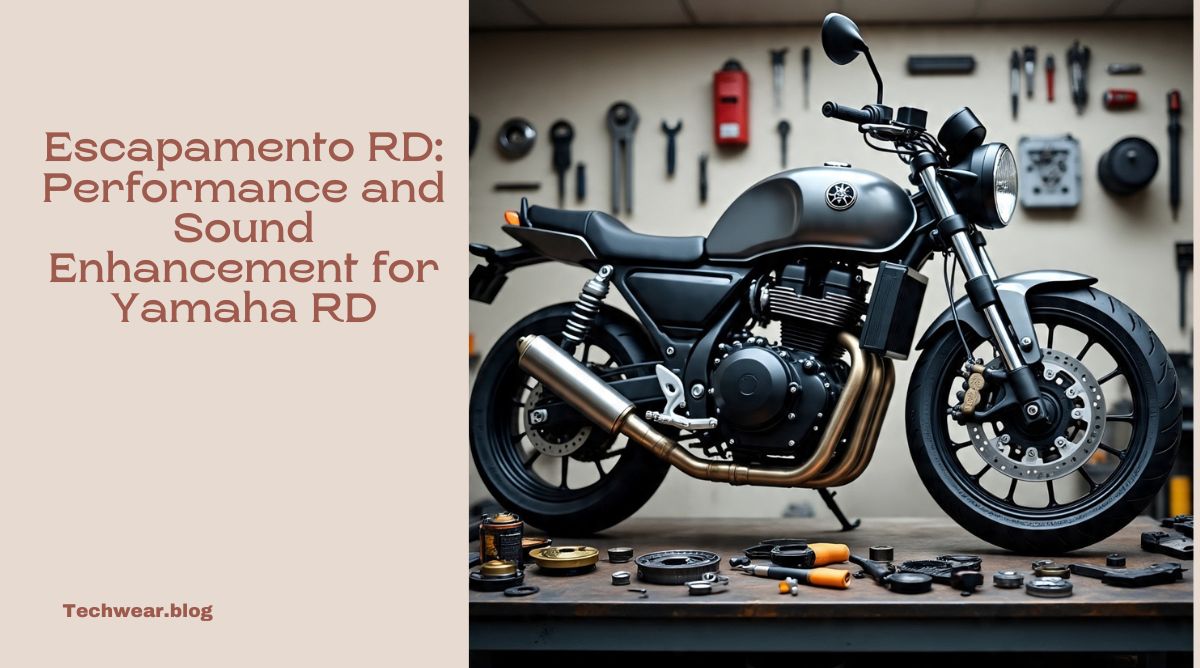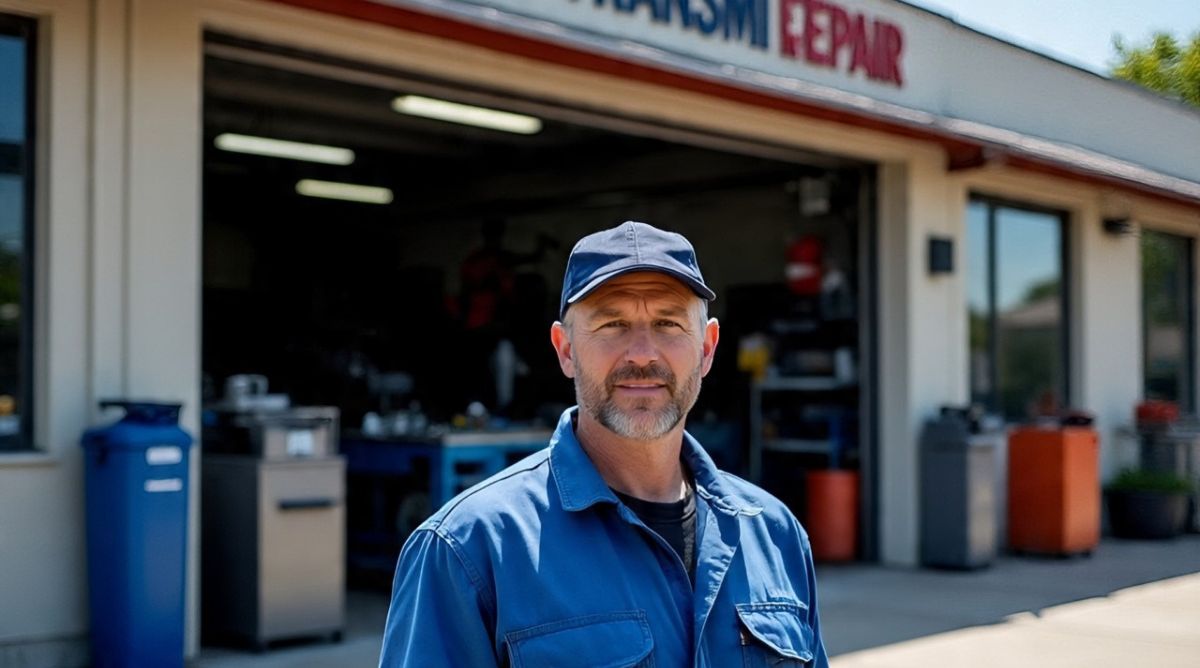Introduction
The term “escapamento RD” is most often associated with the exhaust systems of the famous Yamaha RD series motorcycles. In Portuguese, “escapamento” means exhaust, and “RD” refers to the Yamaha RD (Race Developed) line of two-stroke motorcycles that gained massive popularity in the 1970s, 1980s, and even into the 1990s. The RD series, including models like the RD125, RD250, RD350, and RD400, became iconic because of their high performance, light weight, and thrilling two-stroke character.
An exhaust, or escapamento, plays a particularly critical role in two-stroke motorcycles. Unlike four-stroke engines, where the exhaust primarily removes burnt gases, a two-stroke exhaust is carefully designed to improve scavenging, control back pressure, and boost overall performance. This is why enthusiasts and restorers of Yamaha RD motorcycles often seek specialized or performance “escapamento RD” systems.
To understand the relevance of this exhaust system, one must first appreciate the design philosophy of the RD bikes, the mechanics of two-stroke exhausts, and how aftermarket or custom escapamentos affect both performance and sound. For context, you can see how two-stroke motorcycles work in Wikipedia: Two-stroke engine.
Role of the Exhaust in RD Motorcycles
The Yamaha RD motorcycles were powered by two-stroke parallel-twin engines. In such engines, the exhaust is not just a simple pipe; it is a performance-tuned component. Its roles include:
- Expelling burnt gases efficiently after combustion.
- Creating back pressure waves that help push unburnt fuel-air mixture back into the combustion chamber.
- Boosting torque and horsepower at certain RPM ranges through resonance effects.
- Defining the bike’s signature sound, which is one of the reasons RD motorcycles are still adored by collectors.
The famous “ring-ding-ding” note of an RD comes directly from its escapamento design, which uses expansion chambers to amplify the unique rhythm of a two-stroke twin.
Expansion Chamber Design
A two-stroke exhaust like the escapamento RD typically features an expansion chamber, a bulged section in the exhaust that manipulates exhaust wave dynamics. The main parts include:
- Header Pipe – connects to the engine port and starts the exhaust gas flow.
- Diffuser Cone – allows gases to expand, lowering pressure and drawing more fresh charge into the cylinder.
- Belly Section – the widest part of the chamber, critical for controlling resonance.
- Baffle Cone – reflects pressure waves back toward the cylinder, pushing unburnt mixture back before the exhaust port closes.
- Silencer/End Can – reduces noise while still maintaining a sporty note.
This careful design makes the escapamento RD a piece of performance engineering, not just a sound modifier.
Stock vs. Aftermarket Escapamento RD
Over time, RD enthusiasts have turned to aftermarket exhausts to boost performance or restore vintage bikes. Let’s look at the differences:
Stock Escapamento
- Balanced for mid-range torque and everyday usability.
- Designed to meet emission and noise regulations of the 1970s–1980s.
- Gives the bike a classic look and sound, highly valued by collectors.
Aftermarket Escapamento
- Focuses on maximum power at higher RPMs.
- Uses lighter materials like stainless steel, carbon fiber, or aluminum.
- Produces a louder and sharper exhaust note, which many riders love.
- Popular brands and custom fabricators offer “performance chambers” specifically tuned for the Yamaha RD350 and RD400.
Performance Gains from Escapamento RD
When properly tuned, a high-quality escapamento RD can deliver:
- Improved horsepower (sometimes +5 to +10 HP depending on engine tuning).
- Better throttle response, especially at mid-to-high RPMs.
- Reduced weight, improving acceleration and handling.
- Enhanced cooling because exhaust gases exit more efficiently.
However, performance gains depend heavily on carburetor jetting, ignition timing, and port modifications. Installing a performance exhaust without proper tuning can lead to overheating, piston damage, or poor fuel economy.
The Sound of Escapamento RD
One of the most beloved aspects of Yamaha RD motorcycles is their sound. With expansion chamber exhausts, the RD produces a sharp, high-pitched yet throaty “crackling” exhaust note. Collectors and riders often say that the sound alone is enough to bring back the golden era of two-stroke motorcycling.
Aftermarket escapamento RD systems often make this sound louder and more aggressive, which appeals to racers and enthusiasts, but might not be street-legal in some countries due to noise limits.
Maintenance and Challenges
Escapamento RD systems require care:
- Carbon Build-Up: Two-stroke engines burn oil along with fuel, leading to carbon deposits in the exhaust. Regular cleaning or decarbonizing is necessary.
- Rust and Corrosion: Many original RD exhausts were mild steel and prone to rust. Modern replacements often use stainless steel.
- Seals and Joints: Exhaust gaskets should be checked to avoid leaks that affect performance.
- Legal Compliance: Noise and emissions rules may restrict aftermarket systems in certain regions.
Collectors’ Market
Because Yamaha RD motorcycles are now considered classics, the escapamento RD has become a sought-after component for restorers. Original exhausts in good condition are rare and valuable. Enthusiasts sometimes pay high prices for OEM pipes, while others go for replica exhausts that match the vintage look but use modern materials.
Escapamento RD in Racing
On racetracks, especially in vintage racing leagues, RD motorcycles with tuned escapamento systems are still competitive. Riders prefer custom-built chambers that optimize powerbands for track use. For example:
- Shorter chambers → stronger top-end performance.
- Longer chambers → better low-to-midrange torque.
This flexibility allows racers to fine-tune their RDs depending on track layout.
Future of Escapamento RD
With stricter emission laws and the decline of two-stroke engines, escapamento RD is primarily relevant today in:
- Restoration projects for Yamaha RD350, RD400, and related models.
- Classic motorcycle shows and clubs where authenticity matters.
- Vintage racing events where performance exhausts keep the RD legacy alive.
As technology evolves, some fabricators now use 3D modeling and CNC manufacturing to replicate or improve escapamento RD systems, blending nostalgia with modern precision.
Conclusion
The escapamento RD is more than just an exhaust—it is a piece of history tied to the legendary Yamaha RD motorcycles. It combines the science of two-stroke expansion chambers with the culture of 1970s and 1980s motorcycling. Whether preserved in its stock form for collectors or upgraded with a performance system for racing, the escapamento RD remains iconic for its sound, performance, and role in motorcycle history.
For more background on the engine technology behind these systems, see Two-stroke engine on Wikipedia.







